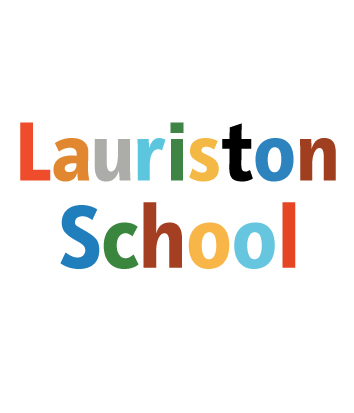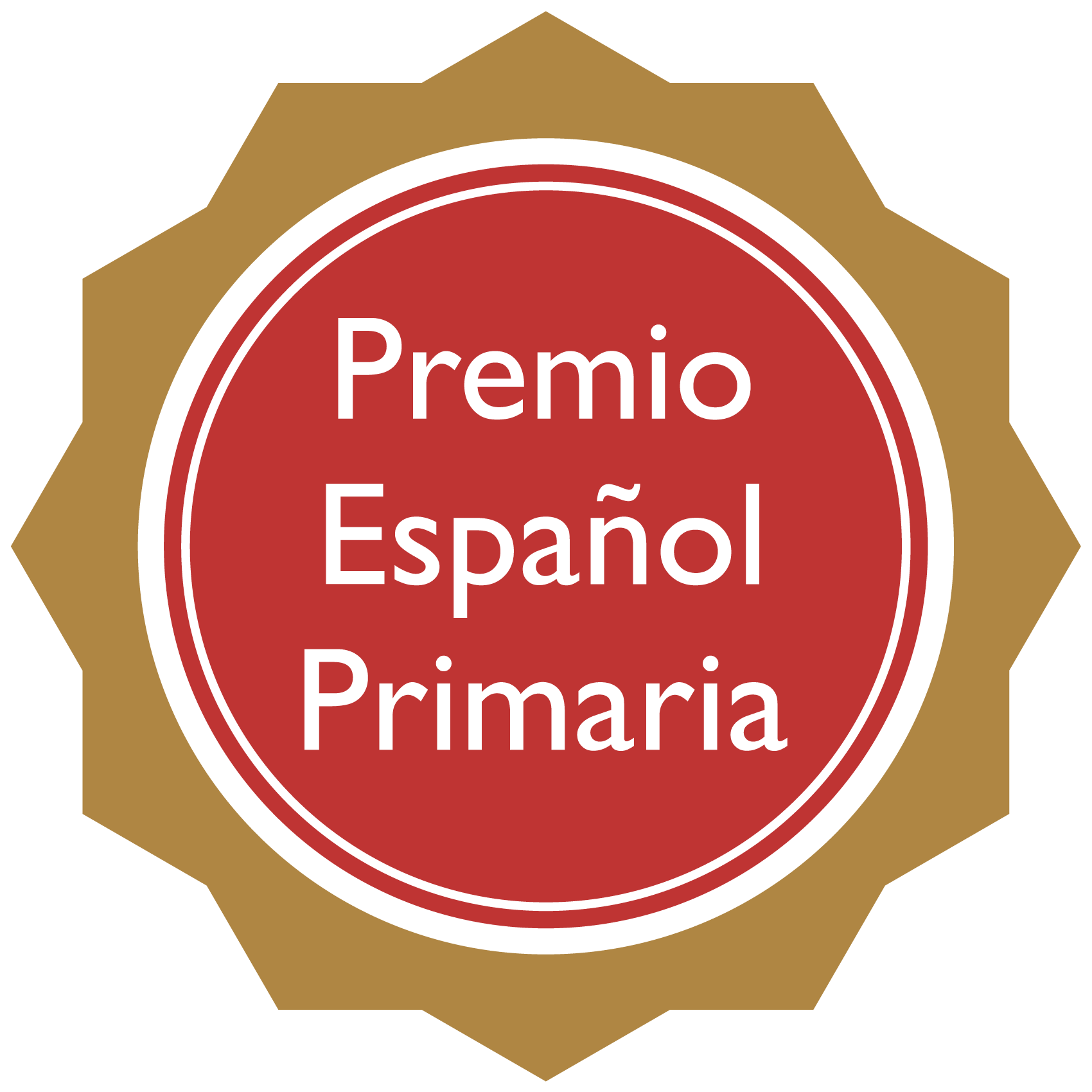Intent
Across the Blossom Federation, we want our children to love art, craft and design. Our Art curriculum is designed to engage, inspire and challenge children, whilst equipping them with the knowledge and skills to be able to experiment, invent and create their own works of art. As children progress, they should gain a deeper understanding of how Art and Design reflects and shapes our history, and how it contributes to the culture, creativity and wealth of our world. We want to equip our children with not only the minimum statutory requirements of the Art and Design National Curriculum but to prepare them for the opportunities, responsibilities and experiences of later life. We want our children to use the local area as inspiration, to learn from other cultures and to respect diversity. To that end, we have carefully selected a wide range of unique and diverse artists, craft makers and designers for children to study.
Our aims are to:
- Boost children’s confidence
- Promote engagement with parents
- Develop pupil voice
- Develop the broad and balanced curriculum offer available
- Make the school more attractive to parents through achieving arts mark status
- Inspire children to take up art as a hobby and continue their learning at home and after leaving school
- So that children can feel proud of themselves
- Develop powers of observation.
- Develop aesthetic sensibilities to make judgements about Art.
- Encourage the use of imagination and original thought.
- Provide opportunities to learn about the world in which we live.
- Develop the ability to communicate ideas, opinions and feelings about their own work and that of others.
- Encourage children to be able to respond knowledgeably to the work of other craftspeople, knowing that there are different kinds of art made for different purposes.
- Acquire a range of different skills using different media as the children progress through the school.
Implementation
Art is taught in every year group in blocks throughout the year. Each child has a sketchbook. We give the child ownership of their sketchbook in order to foster their sense of creativity. Children use their sketchbooks to make initial sketches, develop skills, record ideas and develop opinions. Every child is given the opportunity to learn the skills of drawing, painting, printing, sculpture and digital art through the exploration of an initial key artist, craft maker or designer and their work.
Through in-depth discussion, the children explore how their art can share commonalities with famous art and use subject-specific vocabulary to discuss key artworks and their own work. In the development of confident art critics, the children share their opinions and make informed observations about what will improve their own practical work. Cross-curricular links are promoted to allow all children to deepen their understanding across the curriculum, including the use of technology, and artworks from year group specific historical, geographical and scientific contexts.
Opportunities for children to visit local art galleries and museums are planned for, as well as visits from local artists.
Teachers follow a clear progression of skills which ensures all children are challenged in line with their year group expectations and are given the opportunity to build on their prior knowledge. Opportunities to reflect and develop, including through the use of sketchbooks, and chances for self and peer-assessment are planned into each unit of study in KS1 and KS2.
The benefits of our approach are:
- So that children can share their work with each other
- Children who are less skilled academically but excel at art have their chance to showcase their talents and skills
- To help children be more accepting of each other
- To develop relationships- art is extremely personal and therefore the interpretations of both children’s and teacher’s arts help to strengthen relationships.
- Encourage and promote play, creativity and exploration beyond the early years
- To ensure that teachers are confident in the teaching of the subject.
Big Draw
Big Draws take place throughout the year on a given theme. Children’s art is showcased around the school
Impact
The impact of this curriculum design will lead to outstanding progress over time across key stages relative to a child’s individual starting point and their progression of skills. Children will therefore be expected to leave the Blossom Federation reaching at least age-related expectations for Art and Design. Our Art and Design curriculum will also lead children to be enthusiastic Art and Design learners, evidenced in a range of ways, including pupil voice, their final pieces and sketchbooks. We ensure that children who are achieving well, as well as those who need additional support, are identified, and additional provision and strategies are planned in and discussed with class teachers. Achievements are celebrated in classrooms during walking-galleries and corridor displays, and by building in increasing connections with local galleries, we aim to develop our future artists and their appreciation of the art around them.
Creative Art in the EYFS
The development of children’s artistic and cultural awareness supports their imagination and creativity. It is important that children have regular opportunities to engage with the arts, enabling them to explore and play with a wide range of media and materials. The quality and variety of what children see, hear and participate in is crucial for developing their understanding, self-expression, vocabulary and ability to communicate through the arts. The frequency, repetition and depth of their experiences are fundamental to their progress in interpreting and appreciating what they hear, respond to and observe.
Early learning goals that link to art:
ELG Creating with materials
- Safely use and explore a variety of materials, tools and techniques, experimenting with colour, design, texture, form and function.
- Share their creations, explaining the process they have used.
- Make use of props and materials when role playing characters in narratives and stories.
ELG Fine motor
- Use a range of small tools, including scissors, paintbrushes and cutlery.
In the EYFS children...
- Have daily access to a range of media and materials eg different types of paper, varying thickness/hardness of pencils, thick and thin brushes, paint, paint sticks, pastels etc. in continuous provision.
- Are taught different techniques such as drawing, painting, printing, collage, which they can then practise independently.
- Explore colour-mixing through our ‘self-service’ paint stations.
- Learn abo different artists and draw/paint in his style.
The development of children’s artistic and cultural awareness supports their imagination and creativity. It is important that children have regular opportunities to engage with the arts, enabling them to explore and play with a wide range of media and materials. The quality and variety of what children see, hear and participate in is crucial for developing their understanding, self-expression, vocabulary and ability to communicate through the arts. The frequency, repetition and depth of their experiences are fundamental to their progress in interpreting and appreciating what they hear, respond to and observe.
Early learning goals that link to design technology:
ELG Creating with materials
- Safely use and explore a variety of materials, tools and techniques, experimenting with colour, design, texture, form and function.
- Share their creations, explaining the process they have used.
- Make use of props and materials when role playing characters in narratives and stories.
ELG Fine motor
- Use a range of small tools, including scissors, paintbrushes and cutlery.
In the EYFS children...
- Have daily opportunities to make their own creations using a wide range of different materials, fixings and tools which are freely available in continuous provision.
- Are taught how to use tools such as scissors, hole punch, string, Sellotape, cutters etc.
- Are encouraged to talk about what they would like to make, how they will do it and what they think about it when it is finished.
- Are encouraged to evaluate what they have made and make changes as appropriate.
- Take part in several weeks throughout the year where parents are invited to come in and make things.
.jpg)
If you would like to know more about this area of the curriculum, please talk to Naomi Julian.


